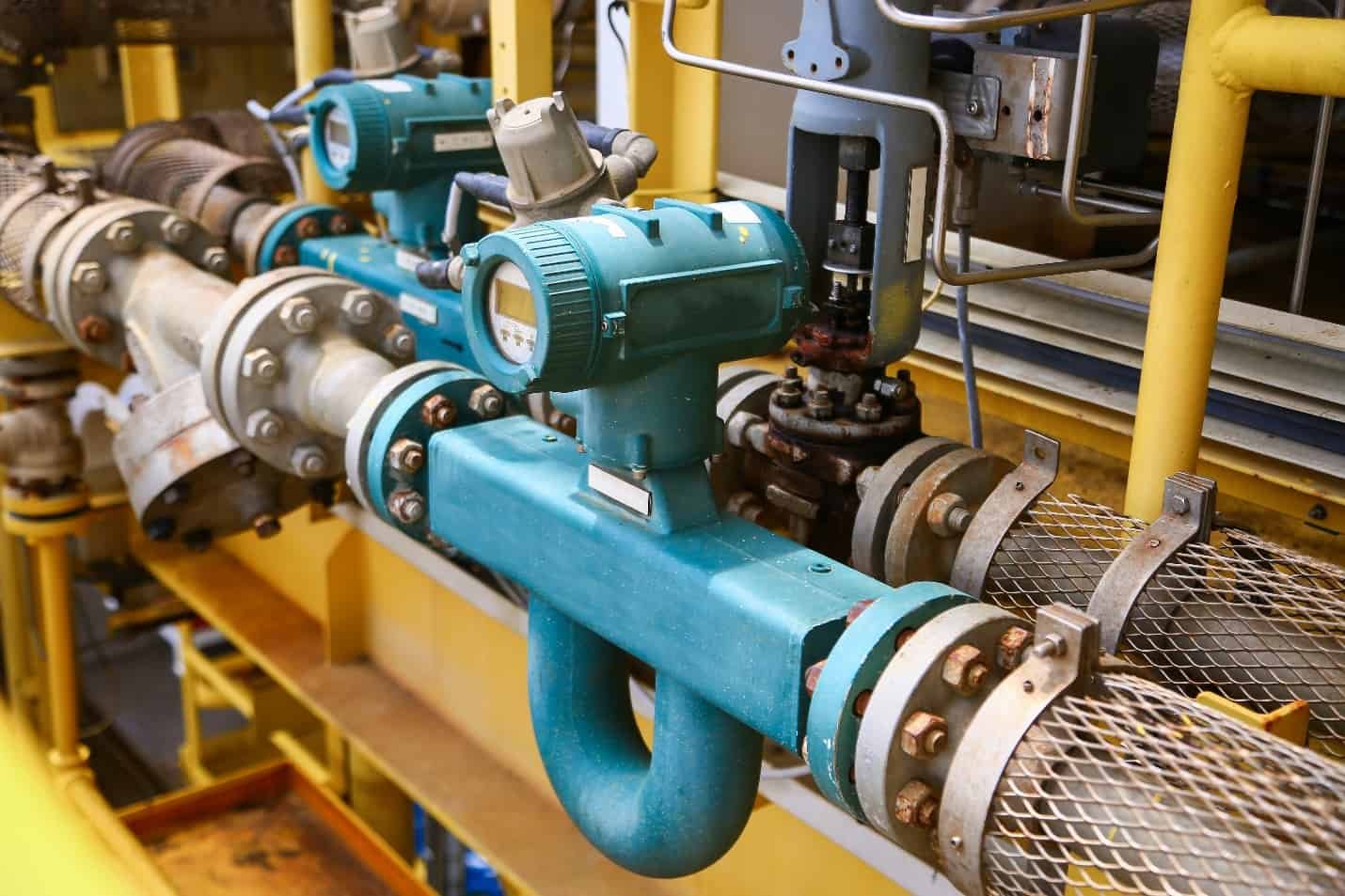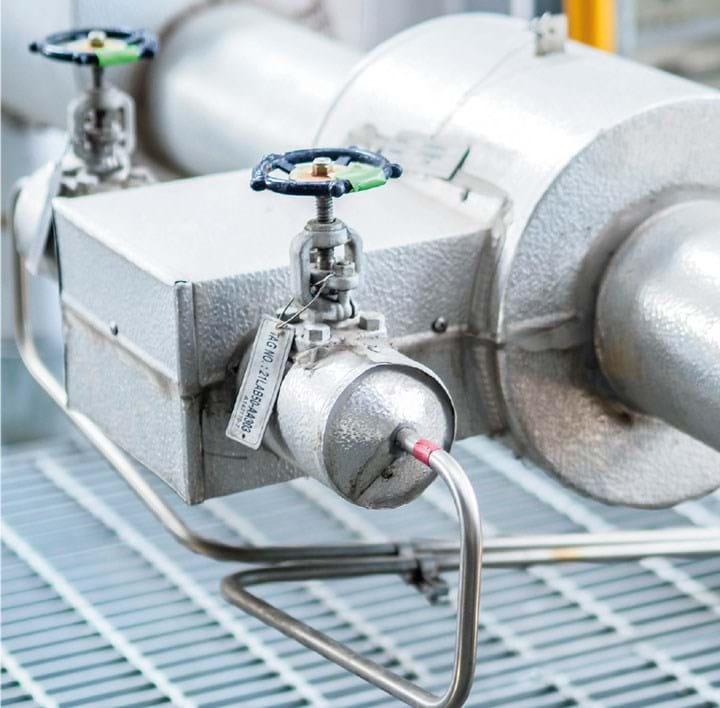
How Does an Orifice Affect Flow?
In the realm of fluid dynamics, understanding the impact of various components on flow behavior is crucial for engineers and scientists. One such component that plays a significant role in controlling fluid flow is an orifice. Whether it’s in industrial processes, plumbing systems, or hydraulic systems, the presence of an orifice can drastically alter the flow characteristics of fluids. In this blog, we delve into the intricacies of orifice flow, exploring how orifices affect fluid flow and the underlying principles governing this phenomenon.
What is an Orifice?
Before diving into its effects on flow, let’s define what an orifice is. An orifice is simply an opening or hole through which fluid passes. Depending on the application, it can be circular, square, rectangular, or any other shape. Orifices are commonly found in pipelines, nozzles, valves, and various fluid systems where controlling flow rates is essential.
The Basics of Orifice Flow
When a fluid flows through an orifice, several factors come into play that influence the overall flow behavior. These factors include the size and shape of the orifice, the pressure difference across the orifice, the properties of the fluid, such as viscosity and density, and the type of flow (whether it’s laminar or turbulent).

Effects of Orifice Size
One of the most straightforward ways in which an orifice affects flow is through its size. The size of the orifice directly impacts the flow rate of the fluid passing through it. A larger orifice allows more fluid to pass through in a given amount of time compared to a smaller orifice, assuming all other factors remain constant.
The relationship between orifice size and flow rate is governed by principles such as Bernoulli’s equation and the continuity equation. Engineers use these equations along with empirical data to design orifices that meet specific flow rate requirements in different applications.
Orifice Shape and Flow Characteristics
While orifice size plays a crucial role, the shape of the orifice also influences flow characteristics. Different shapes can cause variations in pressure drop, velocity profiles, and turbulence levels within the fluid stream. For example, a sharp-edged orifice tends to produce a more abrupt pressure drop compared to a rounded orifice, affecting downstream flow patterns.
Engineers must consider these factors when designing or selecting orifices for applications where precise control overflow behavior is necessary. Computational fluid dynamics (CFD) simulations and experimental testing help in analyzing how different orifice shapes impact overall system performance.
Pressure Drop Across an Orifice
When fluid flows through an orifice, a pressure drop occurs due to the restriction imposed by the orifice. This pressure drop is essential in various applications, such as regulating flow rates, measuring flow rates, and controlling fluid pressure in pipelines.
The magnitude of the pressure drop depends on factors like orifice size, shape, fluid properties, and flow conditions. Engineers use pressure drop calculations and experimental data to determine the optimal orifice parameters for desired flow control outcomes.
Laminar Flow vs. Turbulent Flow
The type of flow—whether laminar or turbulent—affects how an orifice influences flow behavior. In laminar flow, fluid particles move in parallel layers with minimal mixing between layers. Turbulent flow, on the other hand, involves chaotic mixing and eddy formations within the fluid stream.
Depending on their design and operating conditions, organs can transition flow from laminar to turbulent or vice versa. Understanding flow regimes is crucial for optimizing system performance and avoiding issues such as flow instabilities and excessive pressure losses.

Applications of Orifice Flow
Orifices find widespread use across various industries and applications:
Industrial Processes
In industrial settings, orifices are used for flow control in pipelines, cooling systems, chemical reactors, and hydraulic circuits. They help regulate flow rates, maintain desired pressure levels, and facilitate the mixing of fluids in process operations.
Fluid Measurement
Orifices are commonly employed in flow measurement devices such as orifice plates and venturi meters. Engineers can calculate the flow rate of liquids or gases passing through a system by measuring the pressure drop across an orifice, making it a valuable tool for monitoring and controlling fluid processes.
Hydraulic Systems
In hydraulic systems, orifices are used in valves and hydraulic circuits to regulate fluid flow and pressure. They play a crucial role in controlling actuator speeds, damping vibrations, and ensuring stable system operation.
HVAC Systems
Heating, ventilation, and air conditioning (HVAC) systems utilize orifices in expansion valves to control the flow of refrigerants, optimizing cooling or heating processes in buildings and equipment.
Plumbing and Water Systems
Orifices are integral components in plumbing fixtures, faucets, and irrigation systems where precise control over water flow rates is necessary for efficient water usage and distribution.
Design Considerations for Orifices
Designing orifices for optimal performance involves considering several factors:
- Orifice Size: Determined based on desired flow rates and pressure drop requirements.
- Orifice Shape: Influences pressure drop characteristics and flow patterns.
- Material and Coating: Selected based on fluid compatibility, erosion resistance, and corrosion protection.
- Flow Regime: Consideration of laminar or turbulent flow conditions based on application requirements.
- Installation and Maintenance: Accessibility for installation, cleaning, and maintenance procedures.
Conclusion
Orifices play a fundamental role in controlling fluid flow across a wide range of applications. Engineers and designers can optimize system performance, enhance efficiency, and ensure reliable operation in diverse fluid handling processes by understanding how orifices affect flow through factors such as size, shape, pressure drop, and flow regimes. Whether it’s in industrial plants, HVAC systems, plumbing networks, or hydraulic machinery, the influence of orifice flow underscores the importance of precision engineering and fluid dynamics expertise in modern engineering practices.




